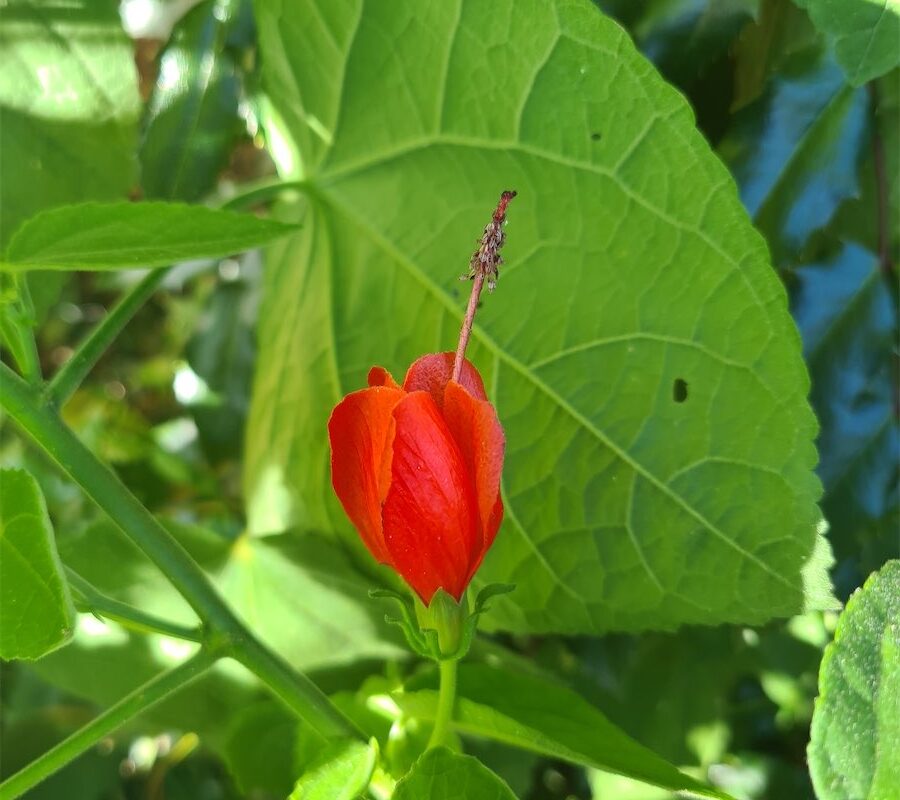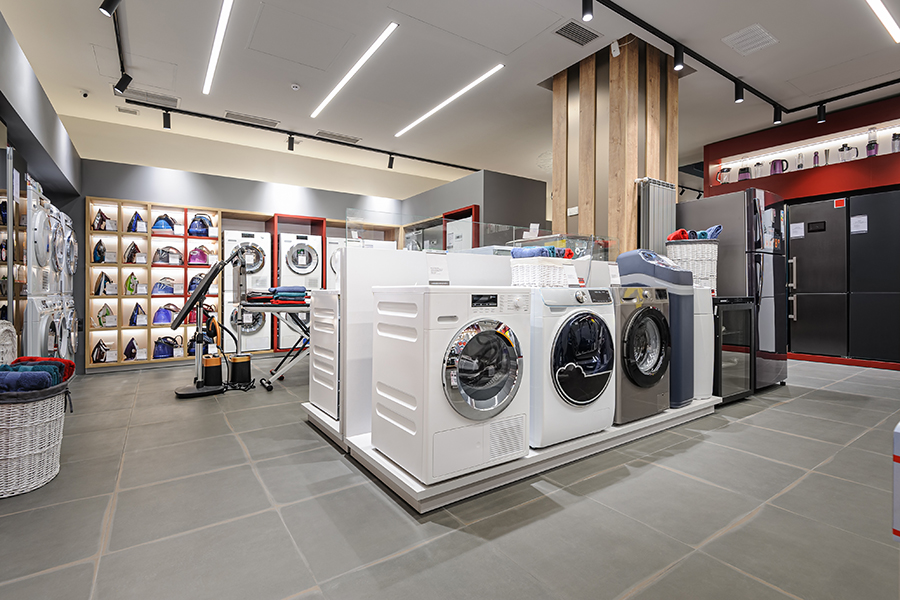
Riesling versus riesling when wine writer RICHARD CALVER and friends pit a prize-winning local bottle against a, old-world one from Germany.
Four blokes over 60 arrange to meet for lunch. One of the four suggests that with the Thai food we compare a Canberra riesling with an old-world riesling, a German or Austrian.

He investigates choices at a local wine merchant and chooses a Schloss Vollrads Estate Riesling 2023, a semi-dry (which strangely means it will have sweet notes) from the Rhine region in Germany. He pays $30 for this wine.
The company’s website indicates that: “Nature is on our side as all vineyards around Schloss Vollrads descend down to the Rhine in a southerly direction.”
It is an organic winery. I say to my mate: “Hah, you just want us to get Schlossed!”
The wine we choose to compare it with is a Nick O’Leary 2024 Riesling, which I had bought from the Yarralumla IGA and costs around $25 a bottle from some major outlets and $28 direct from the winery.
I was aware that this was a truly Canberra wine, with the company’s website confirming that it is a Canberra regional blend, consisting of nine different vineyard parcels. It is a standout having won Best Wine of Show at the 2024 Canberra and Region Wine Show as well as the Best Canberra District Riesling. An award-winning wine for that price: as one of our number commented: “Great value.”
After bringing us two wine glasses each and taking our order, there was a considerable period when we could taste the wine as an aperitif, which reminds me – I called the incontinence hotline recently but was asked to hold.
In any event, the wines were well chilled and changed markedly as they warmed slightly (it was a hot day so we put them in the kindly provided ice bucket) and as they were consumed with food.
The German wine was affected by secondary fermentation. In my understanding, this is where sugar not previously consumed by the yeast restarts alcoholic fermentation with carbon dioxide forming small bubbles in the wine.
Two of the gathered four didn’t mind this effect and said it added to the wine’s complexity. Personally, I didn’t like the sweet notes at the back of the palate or the hint of bubbles on the tongue.
It didn’t have the “swampy” flavour that some inadvertent secondary fermentation brings, so that was a bonus: it was not deeply flawed.
The colour was much paler yellow than the local wine but certainly changed in texture when consumed with the spicier of the Thai dishes, especially the chicken curry, as the sugar offset the hit of chilli and rounded out the flavour of the food.
The local wine has a bouquet that is lemony, with a floral hint, the colour golden.
It has a good acid line that assists to cut through the oiliness of some of the Asian dishes, although this characteristic was not complementary with the beef massaman curry.
My mate who’d bought the German said that he got a crisp apple flavour from the wine and enjoyed it more when it was not accompanied by the Thai food.
I preferred this wine with the Thai chicken salad and thought that they were well matched with the acid cutting through the salad dressing.
All round we thought the comparison was a good idea, as it stopped us talking about politics and the forthcoming election. But I couldn’t help sneaking in my political comparison joke: What’s the difference between democracy and feudalism? With feudalism, it’s your count that votes!
Who can be trusted?
In a world of spin and confusion, there’s never been a more important time to support independent journalism in Canberra.
If you trust our work online and want to enforce the power of independent voices, I invite you to make a small contribution.
Every dollar of support is invested back into our journalism to help keep citynews.com.au strong and free.
Thank you,
Ian Meikle, editor








Leave a Reply